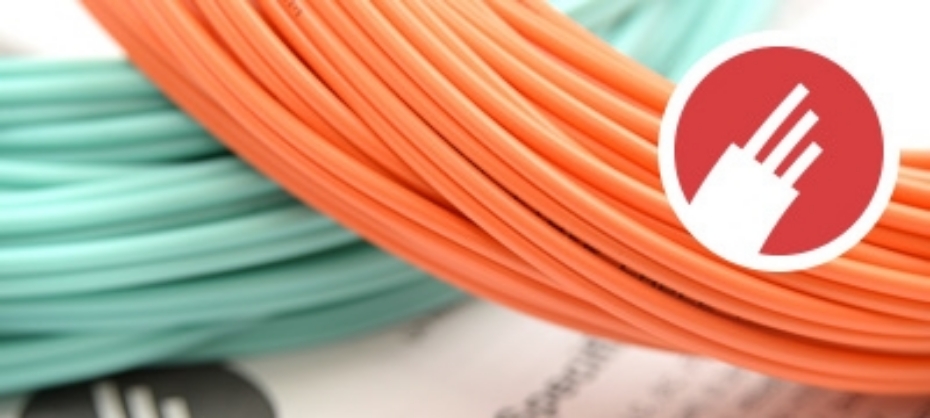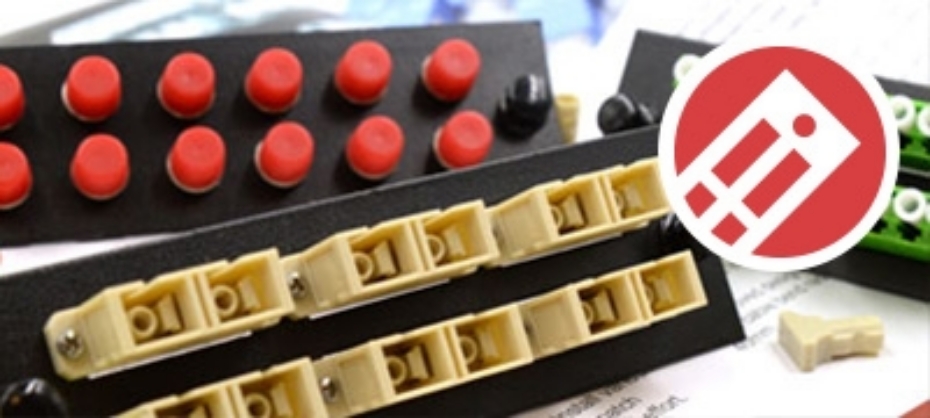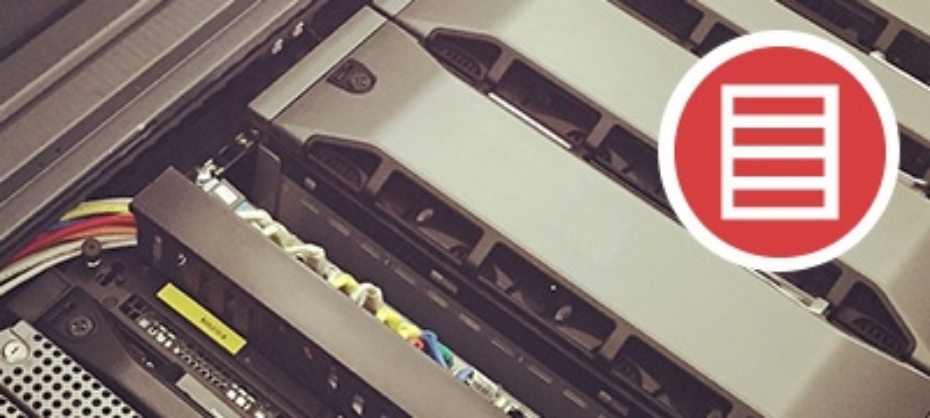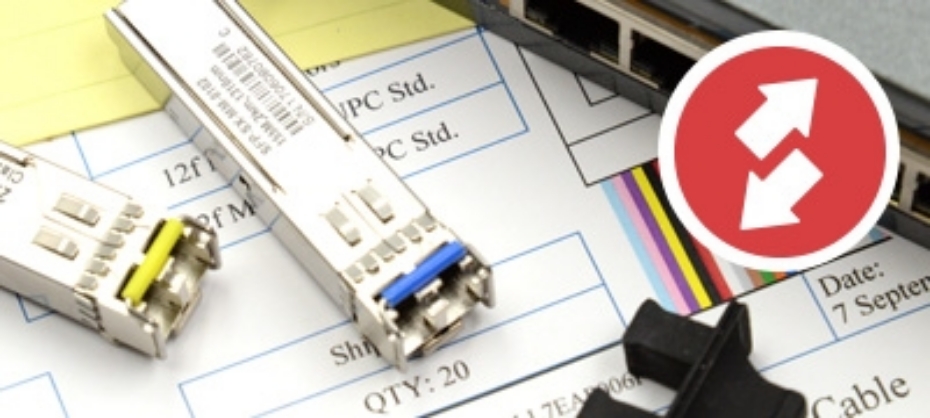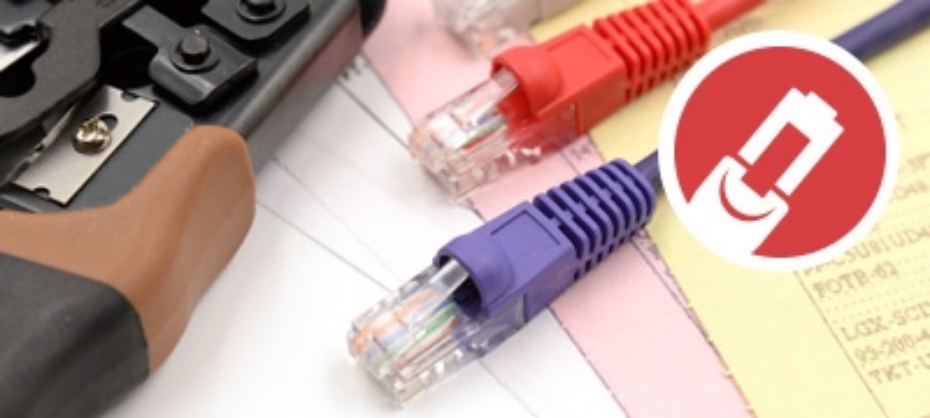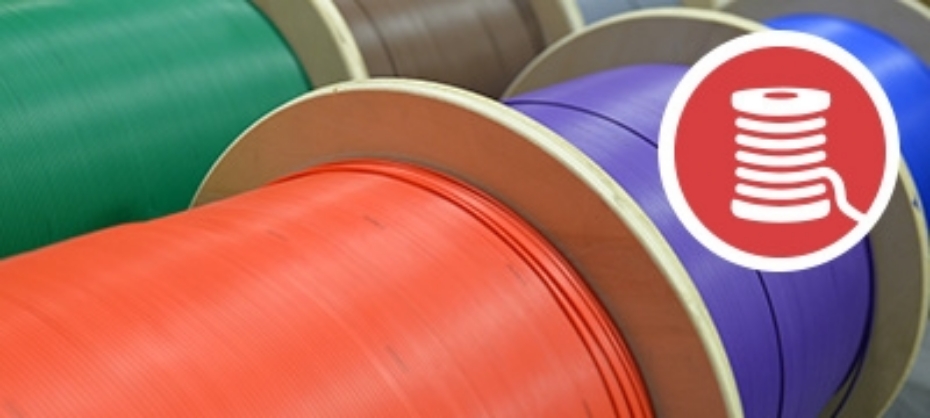Basic Fiber Optic Terms Explained -Monday, May 24, 2021
The field of fiber optics is vast and contains hundreds of important terms that are extremely useful to understand when working in the industry.
Unfortunately, due to this vast number of terms we are unable to list them all. We have however done our best to compile a list that incorporates the most important terms used in the industry.

Attenuation
The reduction in optical power as it passes along a fiber, usually expressed in decibels (dB). See optical loss.Back Reflection
That portion of fiber optic attenuation resulting of conversion of optical power to heat.Cable
One or more fibers enclosed in protective coverings and strength members.Cladding
The lower refractive index optical coating over the core of the fiber that "traps" light into the core. Connector: A device that provides for a demountable connection between two fibers or a fiber and an active device and provides protection for the fiber.Core
The center of the optical fiber through which light is transmitted.Decibel (dB)
A unit of measurement of optical power which indicates relative power on a logarithmic scale, sometimes called dB. dB=10 log (power ratio).Fiber optics
Light transmission through flexible transmissive fibers for communications or lighting.Fusion splicer
An instrument that splices fibers by fusing or welding them, typically by electrical arc.Insertion loss
The loss caused by the insertion of a component such as a splice or connector in an optical fiber.Jacket
The protective outer coating of the cable.Loss, Optical
The amount of optical power lost as light is transmitted through fiber, splices, couplers, etc.Mechanical Splice
A semi-permanent connection between two fibers made with an alignment device and index matching fluid or adhesive.Micron (*m)
A unit of measure, 10-6 m, used to measure wavelength of light.Multimode Fiber
A fiber with core diameter much larger than the wavelength of light transmitted that allows many modes of light to propagate. Commonly used with LED sources for lower speed, short distance links.Network
A system of cables, hardware and equipment used for communications.Optical Fiber
An optical waveguide, comprised of a light carrying core and cladding which traps light in the core.Optical Return Loss, Back Reflection
Light reflected from the cleaved or polished end of a fiber caused by the difference of refractive indices of air and glass. Typically, 4% of the incident light. Expressed in dB relative to incident power.Refractive Index
A property of optical materials that relates to the velocity of light in the material.Scattering
The change of direction of light after striking small particles that causes loss in optical fibers.Single-mode Fiber
A fiber with a small core, only a few times the wavelength of light transmitted, that only allows one mode of light to propagate. Commonly used with laser sources for high speed, long distance links.Splice (Fusion or Mechanical)
A device that provides for a connection between two fibers, typically intended to be permanent.Termination
Preparation of the end of a fiber to allow connection to another fiber or an active device, sometimes also called "connectorization".Total Internal Reflection
Confinement of light into the core of a fiber by the reflection off the core-cladding boundary.Wavelength
A measure of the color of light, usually expressed in nanometers (nm) or microns (*m)

